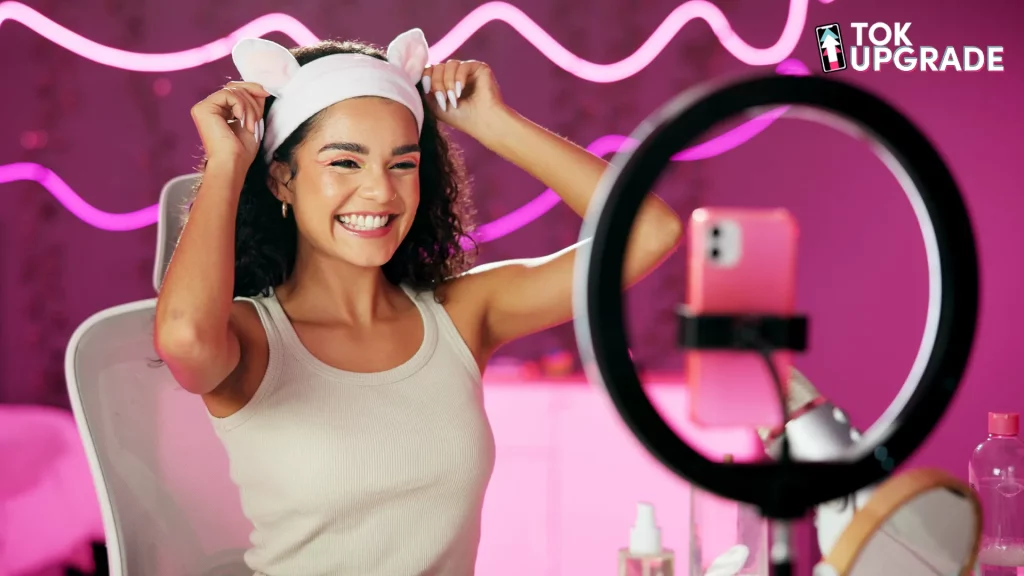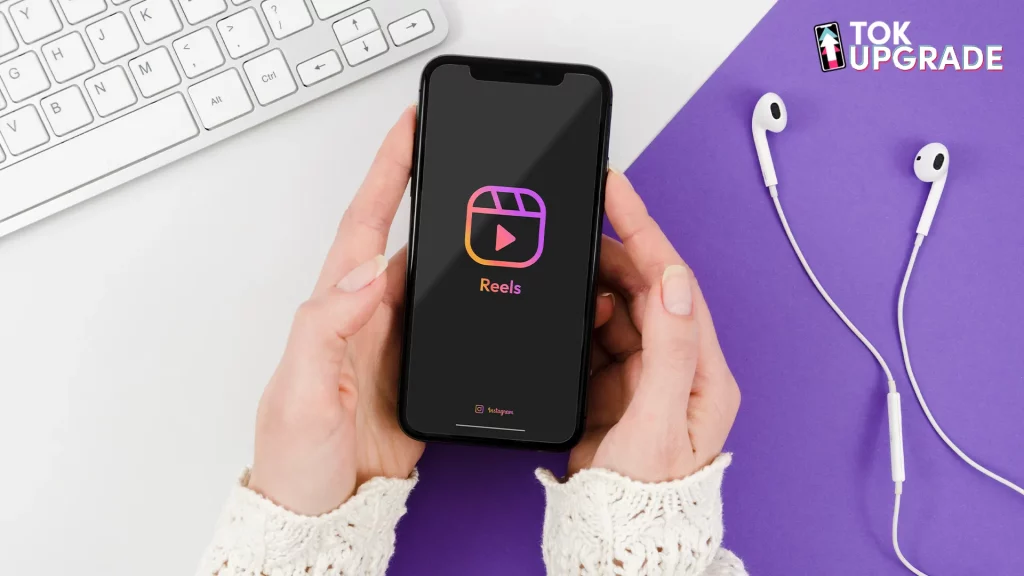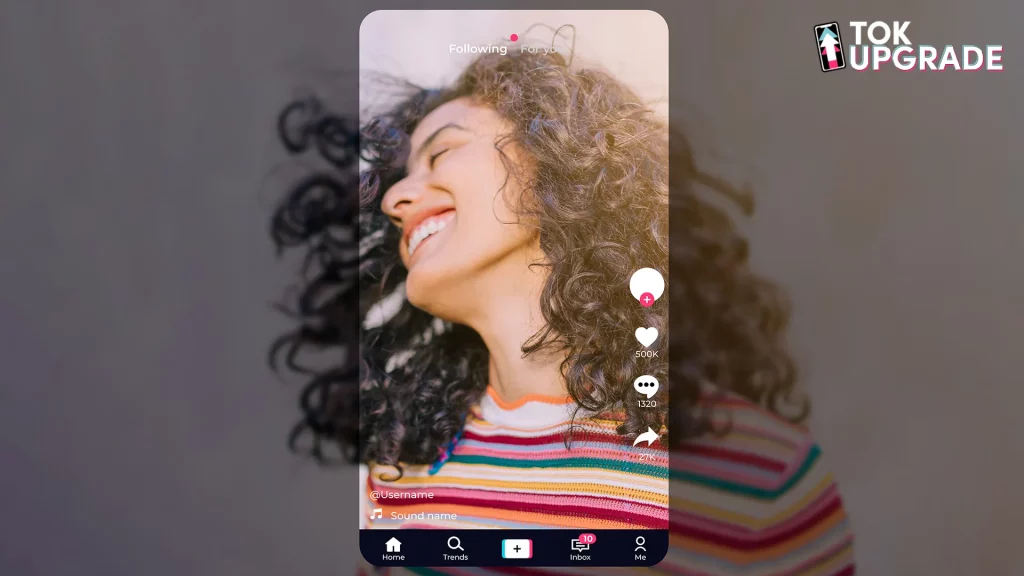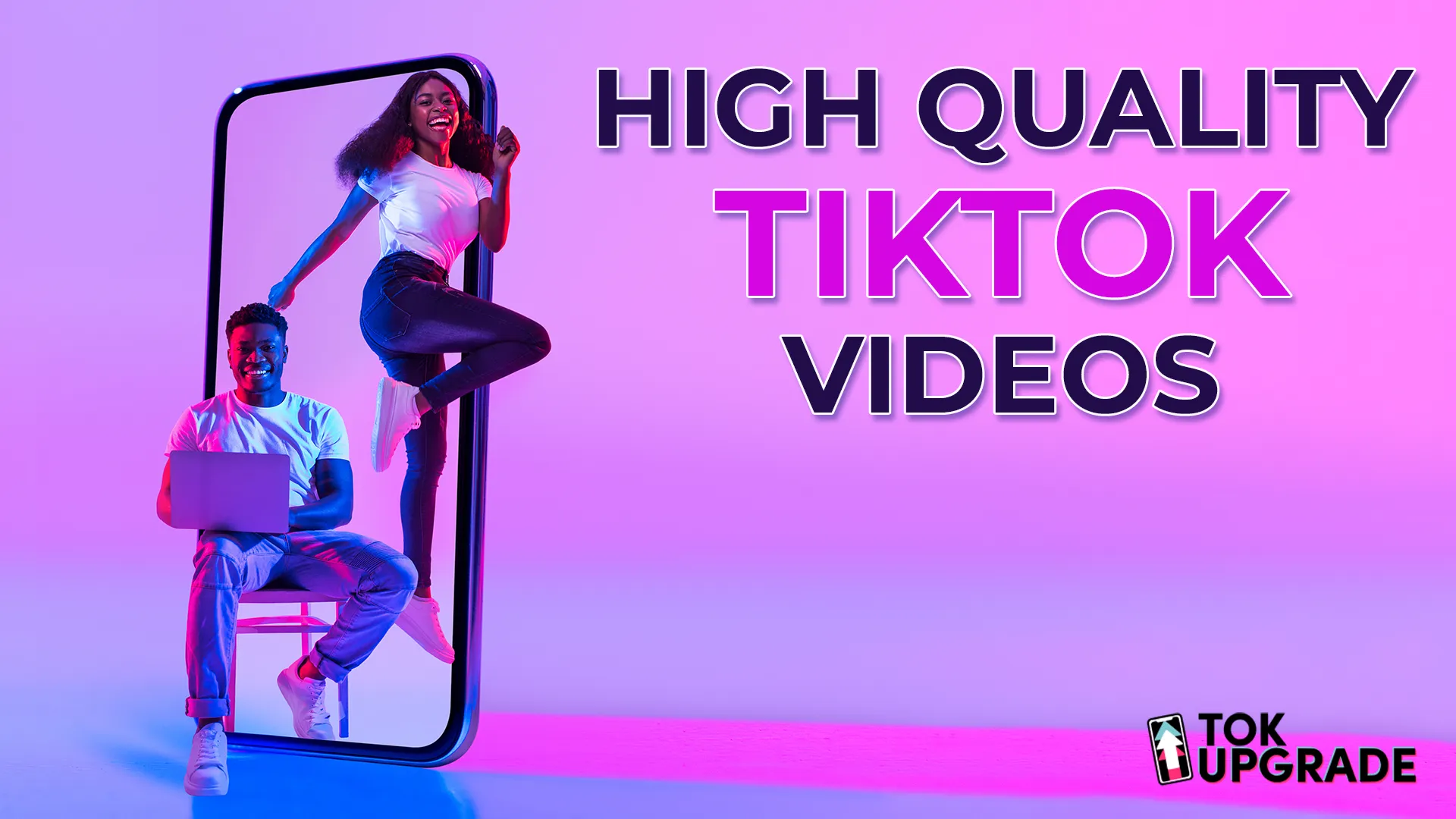TikTok has become a global sensation, offering creators the chance to reach millions of viewers in a matter of hours, but understanding how to make high quality TikTok videos is key to standing out.
Table of Contents
How to Make High Quality TikTok Videos

While anyone can upload videos, maintaining excellent video quality and optimizing your content for the platform can drastically improve your chances of success.
In this comprehensive guide, we’ll explore every detail you need to know to create stunning TikTok high-quality video that captures attention and keeps viewers engaged.
Step 1: Choose the Right Equipment
Investing in the right tools can significantly improve your video quality, but you don’t need a professional setup. Today’s smartphones are powerful enough to produce high-quality videos.
Smartphone Essentials
- Make sure your phone supports HD or 4K video recording for sharp visuals so you don’t have bad video quality.
- Use the rear camera instead of the front camera for better video resolution.
- Check your camera settings so you’re recording in the highest possible video quality (1080p or higher).
Additional Accessories
- Tripods: A steady camera is essential for professional-looking footage.
- Stabilizers or Gimbals: These tools make your footage remain smooth, even when filming on the go.
- External Microphones: These are great for enhancing audio clarity, especially if you’re recording in noisy environments.
Step 2: Master Your Lighting Setup
Lighting is one of the most important factors in creating professional-looking videos. Whether you’re filming indoors or outside, proper lighting enhances your TikTok video quality by making colors pop and details sharper.
Gain More TikTok Likes Today!
Get real likes on your TikTok videos quickly and easily. Stand out and let more people enjoy your content.
Get More TikTok Views Today!
Make your videos seen by more people with real views. Don’t let your creativity go unnoticed.
Gain More TikTok Followers!
Get real followers fast and make your profile shine. Join others who trust us to grow their TikTok accounts.
Tips for Natural Lighting
- Film during the “golden hour” (early morning or late afternoon) for soft, even lighting.
- Position yourself so the light source is in front of you, not behind, to avoid shadows.
Artificial Lighting for Consistency
- Ring Lights: These are compact, affordable, and perfect for evenly lighting your face.
- Softbox Lights: Great for creating a natural glow in indoor settings.
- LED Panels: Adjustable brightness and color temperature make these a versatile option for all lighting needs.
Remember, poor lighting can make even the best videos appear grainy or dull, so prioritize this step for every shoot.
Step 3: Record with the Correct Video Settings

Even if you have the best equipment and lighting, your TikTok video quality will suffer if your video settings aren’t optimized. TikTok compresses videos during uploads, so it’s crucial to start with the highest quality possible.
Optimizing Camera Settings
- Record Videos in 1080p To preserve the original video quality on TikTok.
- Use a frame rate of 30fps (frames per second) for standard videos or 60fps for smoother motion.
- Avoid zooming in while recording, as this can pixelate the footage. v
Recording in TikTok’s Recommended Format
- TikTok favors vertical videos with a 9:16 aspect ratio.
- Make sure that your videos are framed correctly to avoid important elements being cropped.
Step 4: Enhance Stability for Professional Results
Shaky footage can be distracting and take away from the overall video quality of your TikTok video. Stability is key for keeping viewers focused on your content.
Upgrade Your TikTok Game with TokUpgrade!
We offer cheap views and followers with real TikTok users who’ll love your videos.
How to Stabilize Your Videos
- Use a tripod for stationary shots.
- Hold your phone with both hands to minimize movement.
- Invest in a gimbal for action shots or dynamic angles.
A steady video not only looks better but also improves your TikTok video quality by making it easier for viewers to engage with your content.
Step 5: Optimize TikTok Video Quality Settings
On TikTok, first impressions matter. When users are scrolling through their For You Page, they decide in seconds whether they’ll keep watching videos.
TikTok compresses videos during uploads to save storage and bandwidth, but this process can sometimes result in poor video quality and blurry video. To avoid this, make sure your settings are optimized.
Steps for High-Quality Uploads
- Before uploading videos, enable the “Upload HD” option in TikTok’s settings.
- Disable the “Data Saver” mode in the app to prevent unnecessary compression.
- Use a stable Wi-Fi connection to ensure smooth uploads without data loss.
A TikTok video without low video quality, smooth audio, and engaging content is far more likely to grab attention compared to one with poor TikTok video quality.
Step 6: Edit Like a Pro
The video editing process is where you can truly transform your footage into a masterpiece. TikTok offers a variety of in-app editing tools, but using external apps can give you more control over your final product.
In-App Editing Features
- Add text overlays to highlight key points or provide context.
- Use transitions to make your TikTok videos flow smoothly.
- Incorporate trending effects and sounds to boost engagement.
External Editing Apps
- CapCut: Free, user-friendly, and designed for TikTok creators.
- Adobe Premiere Rush: Offers advanced editing features for polished videos.
- InShot: Perfect for trimming, adding music, and applying filters.
The goal of editing is to enhance the storytelling and visual appeal of your video without overcomplicating it.
Step 7: Test and Tweak Your Content
Not every video will perform the way you expect, and that’s okay. Use TikTok’s analytics tools to understand what works and what doesn’t.
What to Track
- Views and Likes: These indicate how engaging your content is to viewers.
- Audience Retention: Shows how long viewers stay on your videos.
- Performance Across Formats: Compare metrics for different types of videos (e.g., tutorials vs. trends).
Analyzing these metrics allows you to continuously improve your TikTok video quality and create content that resonates with your audience.
Step 8: Create Content That Resonates
Even the most visually stunning video won’t succeed if the content itself isn’t engaging. Focus on making videos that connect with your target audience.
Tips for Engagement
- Start your video with a strong hook, like a question or surprising fact.
- Keep your videos concise – viewers lose interest quickly.
- Encourage interactions by asking viewers to comment, share, or follow.
Step 9: Focus on Audio Quality

Visuals aren’t everything – audio plays a significant role in keeping viewers engaged. If your audio is muffled or too quiet, it can ruin an otherwise great video.
Improving Audio Quality
- Record in quiet environments to minimize background noise.
- Use a clip-on or directional microphone for clearer sound.
- Balance audio levels during editing to make sure that your voice or music is clear and not overpowering.
High-quality audio complements the visuals, making your TikTok video feel complete.
Conclusion
Creating high-quality TikTok videos is about more than just technical details – it’s about combining great visuals, sharp audio, and engaging content to tell a compelling story.
By focusing on every aspect of your production, from lighting and stability to editing and uploading, you can ensure your TikTok videos stand out.
If you’re creating content for fun or trying to grow your brand, these tips will help you make the most of your efforts and leave a lasting impression on your audience.
To further boost your growth and recognition, consider strategies like buying TikTok followers from us at TokUpgrade, which can give your account a strong foundation and attract more organic engagement.
Frequently Asked Questions
How do I make my TikTok video better quality?
To improve your TikTok video quality, make sure you record in high resolution (1080p or 4K), use good lighting, and stabilize your footage – key steps in how to make high-quality TikTok videos that stand out. Otherwise, you may end up with poor video quality that fails to engage viewers.
Optimize your TikTok settings by enabling the “Upload HD” option and turning off the “Data Saver” feature. Always use a strong Wi-Fi connection to avoid compression issues during uploads.
How do I make my TikTok content high-quality?
To create high-quality TikTok content, focus on using proper lighting, clear audio, and stable footage. Edit your videos with tools like CapCut or Adobe Premiere Rush to add effects, transitions, and text overlays.
Finally, see that your videos are engaging and optimized for TikTok’s 9:16 vertical format with sharp visuals and a compelling hook in the first few seconds.
How do I upload a 4K video to TikTok?
To upload a 4K video to TikTok, ensure the video is recorded in a vertical 9:16 format.
In the TikTok app, go to “Settings and Privacy,” disable the “Data Saver” mode, and enable the “Upload HD” option. Use a stable Wi-Fi connection when uploading to preserve the high resolution.
Should I record in 4K or 1080p for TikTok?
Both 4K and 1080p work well for TikTok, but 4K offers higher clarity and detail, making your videos stand out.
However, TikTok compresses videos, so 1080p is often sufficient for maintaining good quality. If your device and editing tools support 4K, it’s worth recording in 4K for maximum sharpness.



